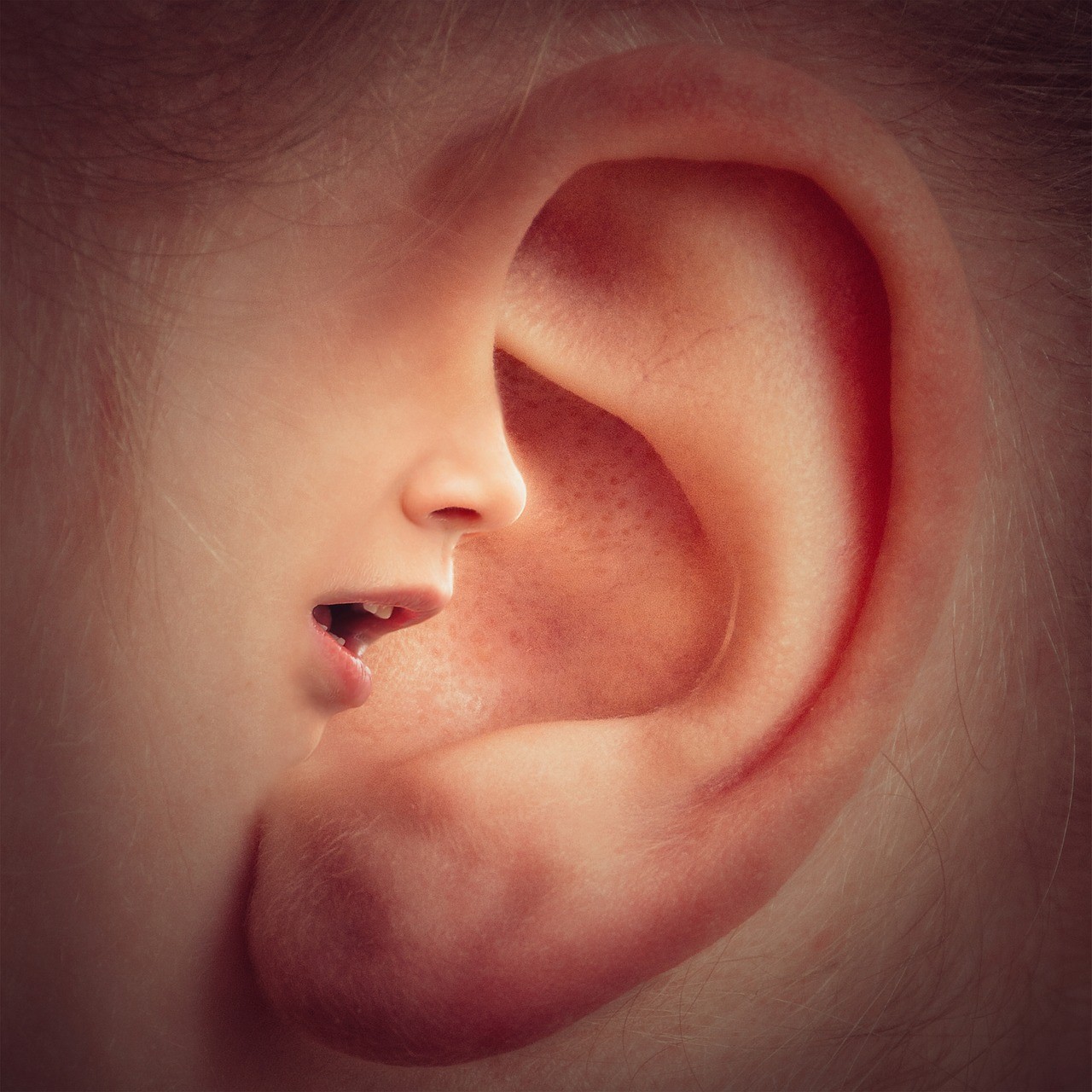
What should you know about different types of ear infections? As you can see, our ears have three parts.
- Outer Ear: The section of the ear you can see and the canal leading to the eardrum make up the outer ear.
- Middle Ear: The eardrum separates the inner ear from the outer ear, including tiny bones that serve as sound amplifiers.
- Inner Ear: Sounds are converted to electrical impulses in the inner ear and then delivered to the brain.
Bacteria, fungi, and viruses can infect any of these three areas. Middle ear infections are primarily seen in children (otitis media), and a middle ear infection is expected to occur in approximately four out of five children.
Common Symptoms of Ear Infections
Ear infection symptoms vary depending upon the type but may include the following:
- Earache
- Discharge
- Fever
- Mild deafness
- Itchiness of the outer ear
- Vertigo (loss of balance).
- Headache
- Loss of appetite
Types of Ear Infections
Physical examination and laboratory tests of pus or discharge from the ear are the two methods that determine ear infection. Doctors may use CT scans in some circumstances.
Infections of the ear include:
1. Otitis Externa
As the name suggests, otitis externa refers to an ear canal infection or inflammation. Careless cleaning might cause mechanical harm or exposure to polluted water, and Fungi and bacteria are the two most common types of infectious agents.
Following measures may be taken to treat such infections:
- professional ear canal cleaning with antibiotics and steroids if the disease is bacterial, although syringing the ear should generally be avoided
- It’s possible to treat fungal infections by administering antifungal medicines and steroids into the ears.
- pain-relieving medications
- oral antibiotics
- Keeping ears dry
2. Otitis Media
Otitis media is a medical term used for a middle ear infection that can be acute or chronic. Colds, clogged Eustachian tubes, and frequent childhood diseases are the most common causes of acute otitis media in children. While viruses may also cause infections, research suggests that bacteria are responsible for most instances.
Occasionally, the eardrum ruptures, resulting in pus in the ear canal, although the eardrum typically heals itself. Alternatives for treatment include:
- The use of antibiotics to treat a bacterial infection
- Pain Relieving Medications
- There are times when you may need to use eardrops.
Chronic otitis media can happen if you have a lot of acute otitis media or one that lasts a long time. Without medical help, the long-term infection could burst the eardrum or damage the delicate structures in the middle ear.
3. Infectious Myringitis
Inflammation of the eardrum is the hallmark of infectious myringitis. Viruses or bacteria are the cause of this infection. The infectious agent is almost definitely bacterial if there is a fever. Small blisters grow on the eardrum as a response to the irritation. This can be a harrowing experience.
4. Acute Mastoiditis
The mastoid is the name of the bone directly behind the ear. This bone becomes infected with acute mastoiditis after a previous episode of acute otitis media. Swollen skin around the mastoid, fever, and ear discharge are symptoms.
An illness of this magnitude warrants immediate attention. Acute mastoiditis, if left untreated, can cause hearing loss, blood poisoning, meningitis, and facial paralysis.
5. Vestibular Neuronitis
The vestibular system is responsible for keeping you balanced. Three semi-circular canals filled with fluid move with it as the head turns. The utricle and saccule, which detect gravity and back-and-forth motion, are close to the semi-circular canals. The vestibular nerve carries messages from these organs to the brain when moving the head.
Inflammation of the vestibular nerve, known as vestibular neuronitis, is caused by a virus. It is the most common symptom of vertigo, accompanied by nausea or vomiting. The eyes may drift to the side of the head that’s causing the problem.
Frequently Asked Questions (FAQs)
1- What are the causes of Ear Infections?
Ear infections can be caused by various circumstances, including upper respiratory tract infections, swimming in polluted water, or cleft palate.
2-How long does it take for an ear infection to heal?
Even when left untreated, middle ear infections usually clear up on their own within two to three days. Even after antibiotic therapy, an infection can persist for a more extended period (up to six weeks with fluid in the middle ear).
3- What should you avoid with an ear infection?
Smoking causes ear infections when inhaled, making treatment more difficult. Your child should not be in the vicinity of somebody who smokes, and no matter where you happen to be, this rule applies.
4- What foods help ear infections?
Probiotics and vitamin D supplements may help reduce ear infections, but further research is needed to confirm this. Taking a probiotic pill or eating foods high in probiotics, such as yogurt, may help prevent recurring ear infections. Adding a vitamin D supplement to your regimen may be beneficial as well.
Conclusion
After this post, I hope you now know about different types of ear infections. There are a lot of other causes of ear infections, and the pain can be very severe. It’s essential to consult an ENT specialist if you suspect you might have an infection. If you have any medical problems with your ears, we recommend visiting MARHAM.PK today for professional advice from the best medical specialists in your area.

Hi Everyone, BeYoungAholic’s aim is to help women who have lost their self-confidence because of the way they look. We will provide you tips and bits of advice on how to take care of yourself and maintain your youthful look. So, Enjoy the blog!
